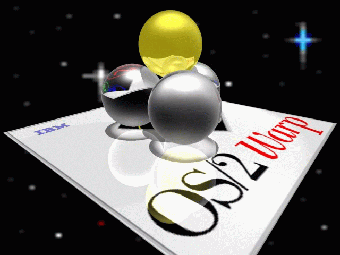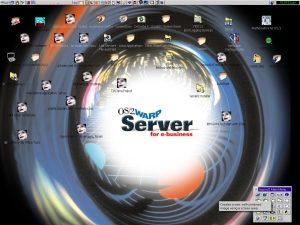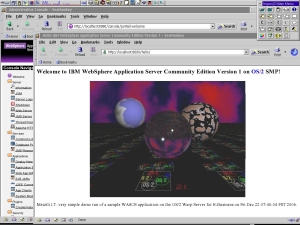Brazil influenced the open sourcing of Java --who will influence the freedom of OS/2?
Brazil influenced the open sourcing of Java –what entity will influence the freedom of the OS/2?

In the February issue of Dr. Dobb's Journal Michael Swaine writes an short article titled, South American Software Development. In the article, Mr. Swaine argues that the sheer size of the Software Livre movement in Brazil was the major influencer for Sun Microsystems decision to open source the Java language.
Mr. Swaine argues, further, that Brazilian rejection of MSDOS early in their technological development, followed by the government subsequent swap of MS Windows for non-proprietary operating systems (and office applications) in 2005 represented an step in self reliance for the South American country. During that painful but necessary process at self reliance, Brazilian programmers even invented an scripting language called LUA whose efficient design can be apprehended by its full content purportedly fitting into a floppy diskette. Brazil's case study, we might say, illustrates the flourishing of innovation and competition by its gorvernment rejection of suffocating schemes promoted by the abusive and encroaching proprietary customer-facing operating systems and office applications monopoly.
Clearly, the Brazilian programmers must have been extreme in Java development activity to influence Sun's CEO, Jonathan Schwartz, towards placing Java under the GPLv2.
Notwithstanding, as I read the article above, it came to my mind the petition(s) to IBM by the OS/2 World Foundation to open source OS/2. Unlike Java during its proprietary life span, OS/2 apparently was not deployed in mass like its ubiquitous customer facing competitor, MS Windows. The strength of OS/2 was/is in the server, and enterprise applications –those systems providing services to customers and applications. And an object oriented graphical user interface (GUI) that an discerning user will find intuitive since it can be modified and extended. The WorkPlace Shell, as the GUI is known, will accommodate itself to the requirements set forth by its human counterpart --not force the latter to do otherwise.
Despite years of simply updating the core OS/2 with fixes (called fixpaks in IBM parlance) and despite considerable advise by IBM to its customers to migrate to other platforms, many of us simply recognize the excellent, flexible and efficient, design of the OS/2 and continue to use it. In my specific case, in tandem with other workstations hosting Linux Debian, CentOS, and SuSE, distros.
And yes, OS/2 Warp 4 and above support Java, even in SMP mode. Although IBM's last release for OS/2 was Java 1.3x, an commercial organization named Golden Code Development actually released a native OS/2 version of Java 1.4.1.x. This latter enables OS/2 Warp 4 and above to support IBM's WebSphere Application Server Community Edition (WASCE) version 1.x, what the Apache Foundation releases as the Geronimo application server. The combination is powerful enough to run a small business ecommerce Internet presence.
Noting that vestiges of the OS/2 code are from the pre-Internet era, it is not hard to conclude that the design of the OS/2 has withstood the test of time. And using an analogy from the biological sciences, OS/2 has adhered to evolutionary concepts, surviving on meager resources to adapt to "the network is the computer" paradigm espoused by Sun MicroSystems. One has to appreciate the foresight by IBM in its redesign of OS/2 (at versions 2.0 and above).
Other operating systems have gone through multiple iterations in order to adapt to the modern computer landscape, OS/2 simply has mutated a few “DNA” to adapt. This is the context in which petitioning IBM to open source the operating system is to be understood, i.e., perceptive users appreciate the OS/2 architects' foresight and code efficiency in the design of the OS/2. We believe that, if the code is made available under the GPLv3, the (free) open source software movement might be made stronger and integration with legacy proprietary technologies might be eased by the adoption of OS/2 design principles and code.
If you are interested in signing the petition (to be delivered in a future date to IBM) requesting that at least some portions of the OS/2 code be made open source, please visit the OS/2 World Foundation to weigh-in with your signature.
Note: The views presented here do not necessarily represent those of Metztli Information Technology as a whole.


